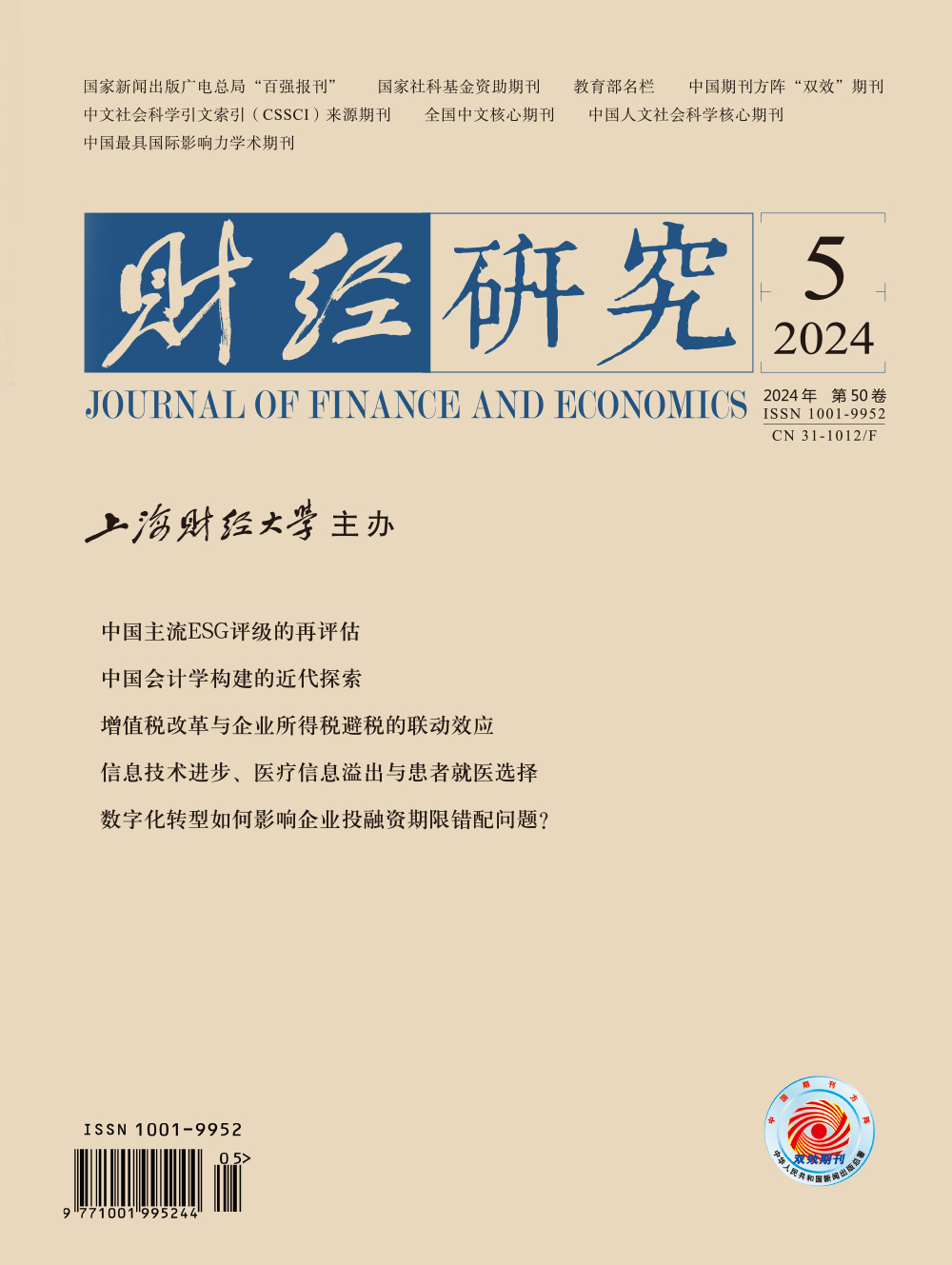Foreign capital mergers and acquisitions (M&As) are a common phenomenon in international economic activities, and the outstanding performance of the acquired companies can arise from both pre-acquisition “value capture” behavior and post-acquisition “value creation” effect. Both host-country enterprises and governments aim to achieve the “value creation” effect through foreign investment. Therefore, evaluating the causal effect between foreign capital M&As and corporate performance, as well as clarifying the channel through which the “value creation” effect is obtained, becomes particularly important. Subsidiaries resulting from foreign capital M&As often exhibit higher output and productivity compared to domestic enterprises, leading to greater market value. However, it raises the question whether this outcome is attributable to “value capture” prior to foreign capital M&As or to “value creation” after the M&As have taken place. This paper attempts to provide an explanation for the question.
The results reveal that: (1) “Value capture” behavior exists during the M&A process. After eliminating the sample self-selection effect using the CEM and IPW methods, it is observed that foreign capital M&As continue to yield a remarkable “productivity improvement effect” and “scale expansion effect”, but both effects display a certain degree of time lag. (2) The mechanism of the “value creation” effect lies in that, foreign capital M&As significantly alleviate financing constraints, increase the likelihood of independent R&D, and thus bring significant improvement in performance. (3) The “foreign market access mechanism” is not significant, the “technology import mechanism” only applies to intermediate goods imports, and the channel for direct technology spillover through the importation of advanced machinery and equipment remains restricted.
The academic value of this paper is mainly reflected in that: First, it clarifies the specific mechanism through which foreign capital M&As affect “value creation”. Foreign capital M&As enable enterprises to leverage the financial resources of foreign parent companies, effectively alleviating their financing constraints. This, to a certain extent, supports the investment in R&D, and significantly enhances the likelihood of independent R&D following foreign capital M&As. Second, it provides policy references for harnessing the technological spillover effect of multinational corporations. The traditional mechanism of foreign market access and importation of capital goods through foreign capital M&As are not established. Foreign capital M&As can bring about “value creation”, but may also have a certain negative effect. Third, it clarifies that the performance improvement resulting from foreign capital M&As is a joint outcome of both “value creation” and “value capture”.





 3422
3422  4157
4157

